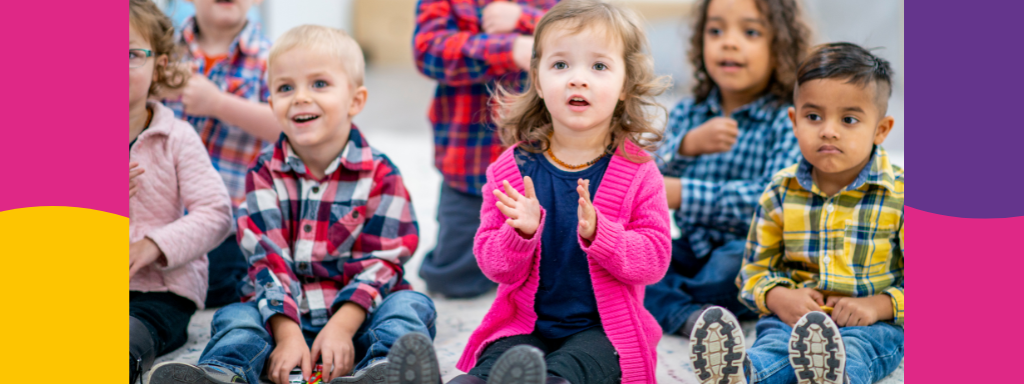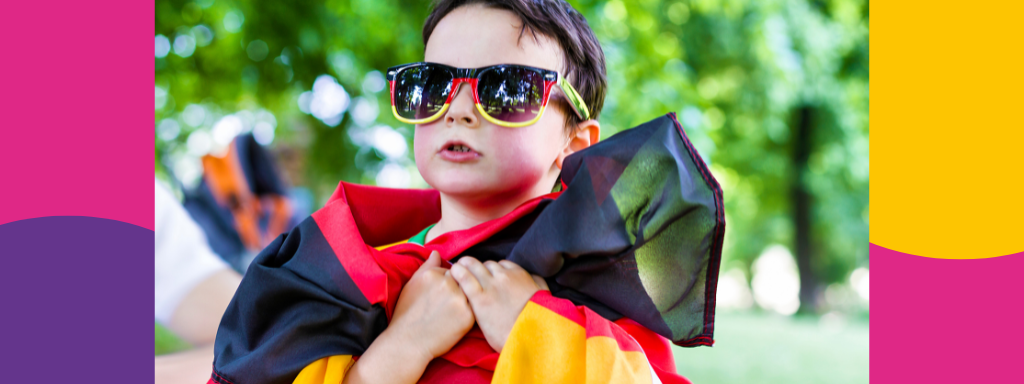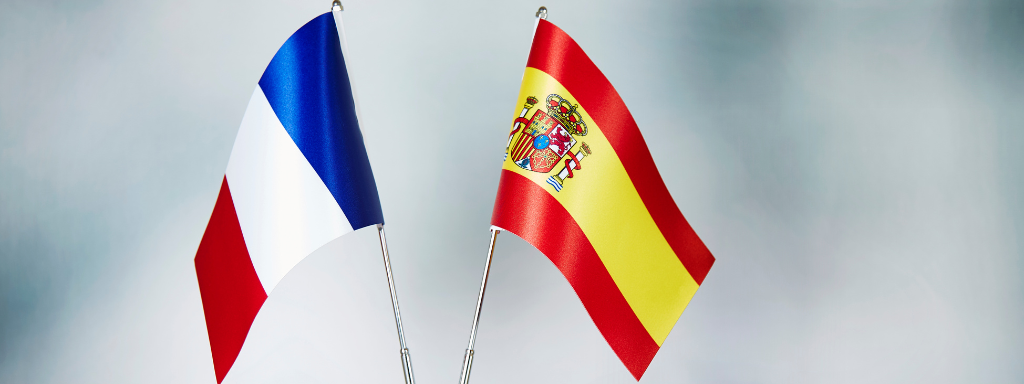Anna, founder of Kidslingo, shares how to engage your toddler in a second language. Read on to learn her tips!
The Benefits Of Learning A Second Language For Your Toddler
Learning a second language at a young age offers a multitude of benefits that extend far beyond simply acquiring linguistic skills, perfecting an accent or learning vocabulary.
Early exposure to languages not only enhances cognitive development, boosts confidence and encourages natural creativity – it also fosters a global perspective and cultural tolerance.
As well as the scientifically researched benefits, we often receive feedback from parents at Kidslingo about the benefits they see every day with their own children. We hear multiple stories of improvements with speech difficulties, self-esteem and confidence levels.
When Is The Best Time To Start Learning A Language?
Early childhood is the most rapid period of development in a human life and the key time to start language learning. Children’s minds are more flexible than adults, allowing for quicker, easier and more efficient language learning. We always talk about little ones being ‘sponges’ but when it comes to language development – this is an incredibly accurate description.
Extensive research shows the more mental stimulation a child gets between the age of two to four, the more developed the parts of their brains dedicated to language and cognition will be in the decades ahead.

How Do I Engage My Toddler In Learning A Second Language?
The benefits are clear – but the question remains of how to engage their minds and supercharge young children’s language skills. Toddlers are naturally curious and keen to explore the world around them. It is vital to use the right tools and activities to capture their imaginations and inspire them to love languages.
1. Songs And Music
Music is an integral part of the human culture and can be a very powerful tool in engaging young children and supporting them to harness new vocabulary and language structures.
Catchy tunes and simple lyrics will stick in your toddler’s head and help develop their listening skills, allowing for subconscious learning and higher levels of recall.
Combining music with visual cues, drama, games and speech can provide the perfect backdrop for effective language learning. These techniques are at the heart of the Kidslingo approach.
2. Integrating Language Learning Into Everyday Activities
Language acquisition should never be viewed as separate from everyday play – it can be seamlessly integrated into activities in a what we call ‘stealth learning’ at Kidslingo – children learn without even realising they are doing so.
These examples of simple activities can be used to incorporate learning and stimulate second language development everyday:
- counting with your toddler as you go up the stairs
- pointing out different colours during everyday play activities
- discussing vocabulary on a park walk
- talking about ingredients whilst making biscuits
- watching a favourite TV show with different language settings
- listening to songs (see here for Kidslingo’s music downloads)
The more natural and play-based you make the experience, the more effectively your toddler will learn.
3. Multi-Sensory Learning
Language learning isn’t just about words! Engaging language learning activities often involve multiple senses such as hearing, seeing, touching and movement.
By engaging multiple senses, toddlers have a more immersive learning experience. This multi-sensory approach enhances their understanding and retention of language concepts, vocabulary and grammar structures.
Individual children learn in different ways, which is why it is so important to use all of the senses to help them to learn a second language.

4. Social Interaction And Collaboration
A language class provides a fantastic starting point – a springboard – for any young child starting or continuing their language learning journey. A class sets the focal point for the learning and embeds the basics – that can then be reinforced and practised daily through some of the fun and simple methods mentioned above.
Furthermore, the communal experience of learning together with other little ones encourages social interaction and collaboration. Classes provide opportunities for communication and cooperation, allowing children to practice their language skills in real-life situations. Through interactive games and group activities, children learn to negotiate meaning, take turns and express themselves in the second language amongst their peers.
5. Simple Steps In Small Doses
Fun and engaging experiences lay the foundation for long-term learning success – but it doesn’t all happen overnight. The ‘little but often’ approach can make a big difference to building and developing your toddler’s newly acquired language skills.
Patience is essential – it is incredibly common for a toddler to learn a second language without much output initially – then suddenly one day they will actively join in wholeheartedly, at which point it is very clear that absolutely everything has been absorbed.

To Conclude
In summary, if you want your toddler to learn a second language superpowers – it must be a fun experience.
Fun has a hugely positive effect on children’s motivation levels, determining how much is learned and retained. If the experience is fun, your toddler will stay curious and keep coming back for more.
Enjoyable experiences have a positive impact on memory retention. When children are actively engaged through fun activities, the information becomes more memorable. By making language learning enjoyable, we create a solid foundation for children’s language development and cultivate a lifelong love for learning languages.
Thanks to Anna – Kidslingo
At Kidslingo we aim to foster a love of language learning and support the next generation of linguistically savvy global citizens.
Kidslingo has a holistic approach to language education with the goal of nurturing the passion for learning and continuous development throughout life.
Anna Neville, Kidslingo CEO and Founder.
Anna, an award-winning expert linguist and marketer, set up Kidslingo 11 years ago. It is now a national franchise network teaching French and Spanish to over 30,000 children aged 0 – 11 years every week across the UK.
Want To Get Out And About, Have Fun With Your Baby Or Toddler, And Meet Other Parents?
Search Happity to find everything that’s happening for the under-5’s in your local area – from music and singing classes, to messy play, arts and crafts, baby massage, gymnastics and more. Simply enter your postcode and child’s age to search, and then book your spot in a few taps. Enjoy dedicated fun time with your little one, watch their skills develop, and make friends at the same time. Mums, dads, grandparents and carers will all find something to love!
If You Found This Post Useful, You May Also Like:
5 Mindfulness Activities In Nature For You And Your Family
An Early Years Experts Guide To Pre-Writing Activities For Toddlers
11 Easy Tips For Getting Your Children Involved In the Kitchen



0 Comments